I am often asked if I come from Mallee country in Victoria and sadly the answer is no, Mallee Design my business name was not chosen for geographical reasons it was chosen for aesthetic reasons. I am in love with Mallee Eucalypts.
A Eucalyptus becomes classed as a Mallee if it has the following attributes
“any of various low-growing shrubby Australian eucalypts”
“is the growth habit of certain eucalypt species that grow with multiple stems springing from an underground lignotuber, usually to a height of no more than 10 m”
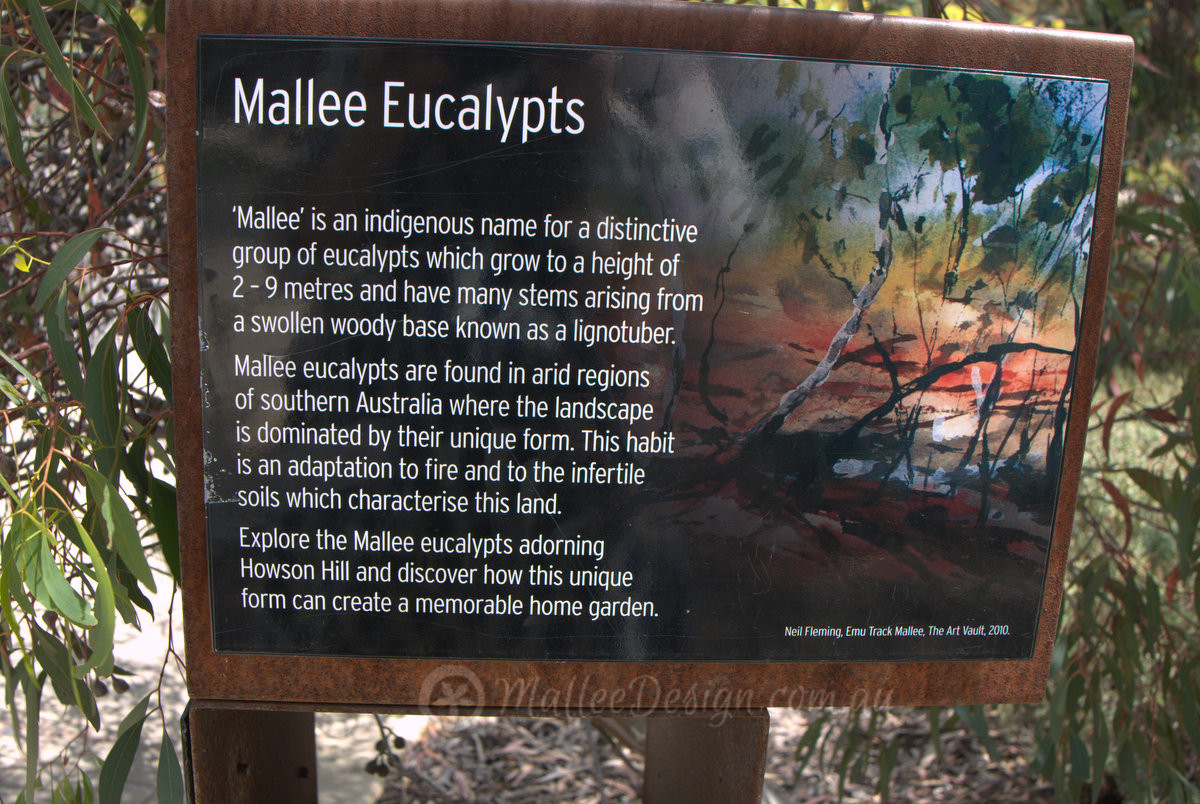
Mallee Eucalypts are resilient growing from the lignotuber after a fire or other environmental factors, often becoming cult-stemmed or trunked. It is this habit that I find so appealing, they are small trees or shrubs with all the benefits of a taller Eucalyptus like attractive bark and nectar rich flowers but they don’t threaten to drop branches or disturb the neighbourhood.
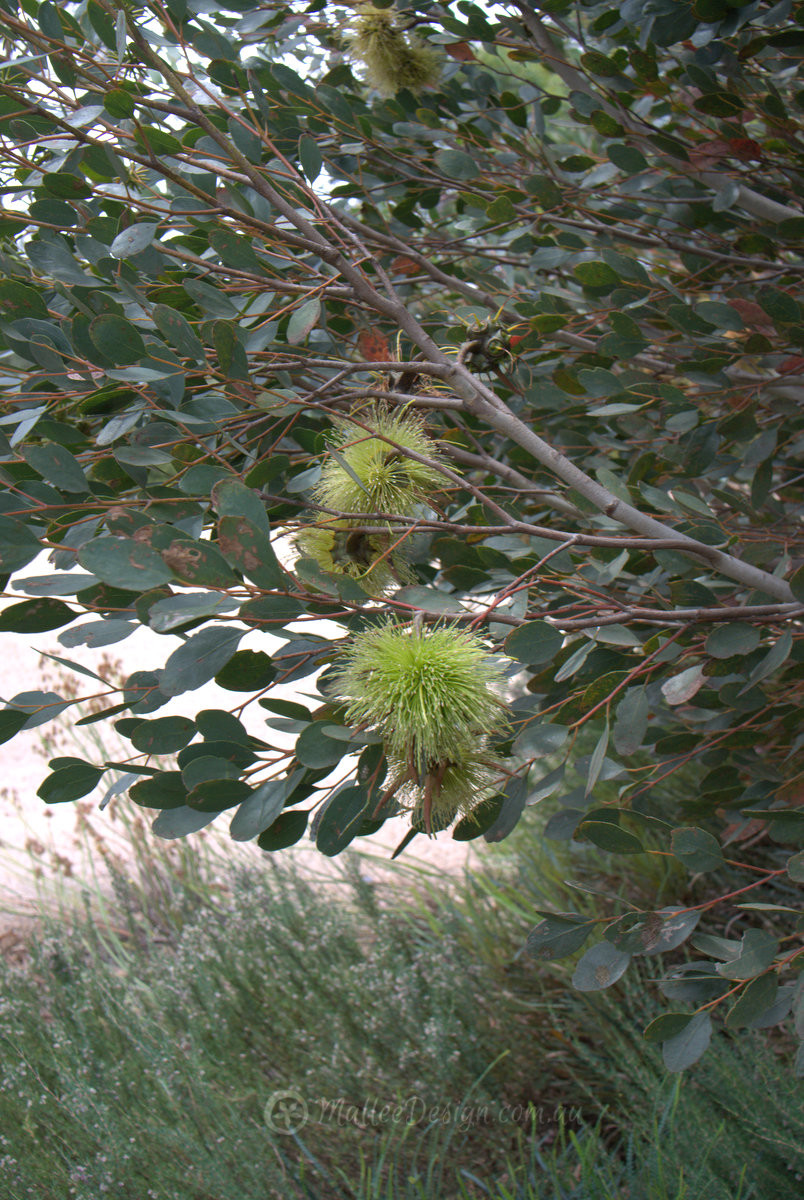
The Bushy Yate (Eucalyptus lehmannii) is one of my favourite Mallees, it has a soft, shaggy lime green pom pom flower seen in the images above, the gum nuts create a sphere when seed has been set and is one of the more striking in my gum nut collection 😉
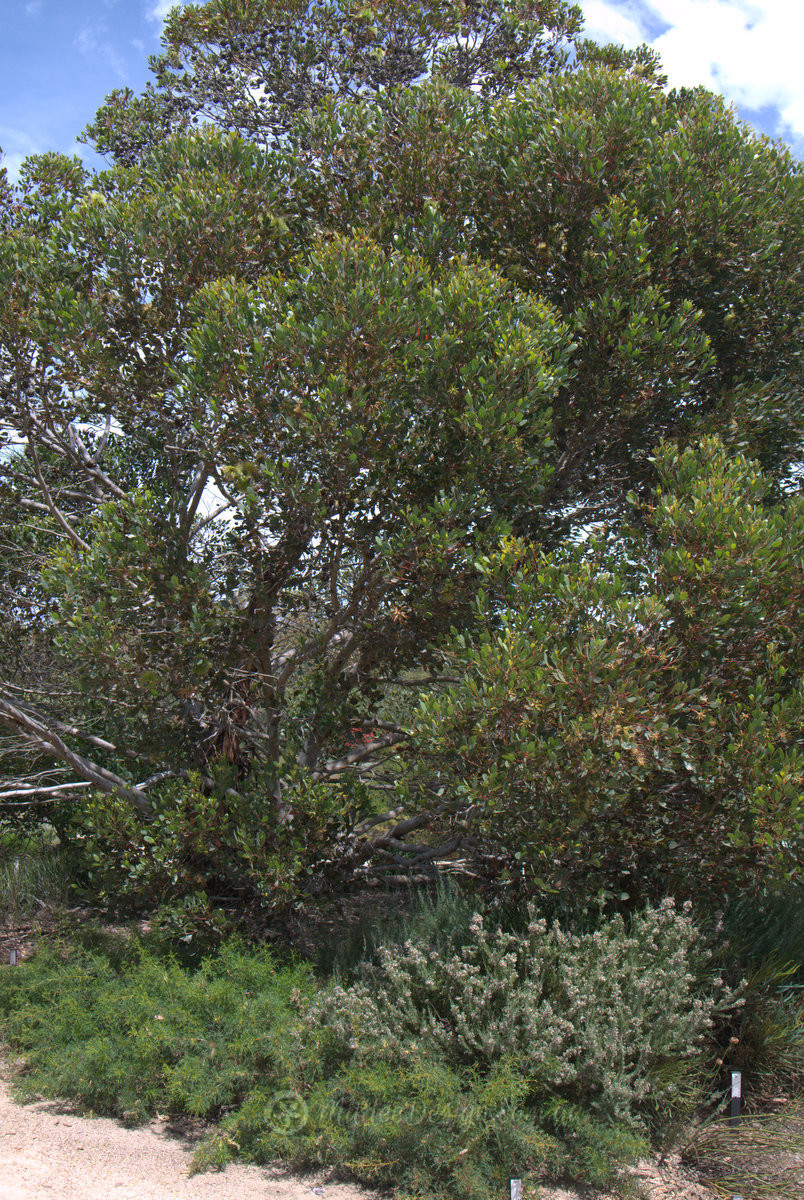
It grows to around to around 7 metres tall and 5-6 metres wide, in a free draining sandy soil, it makes a great screen or can be shaped into a small shade tree.
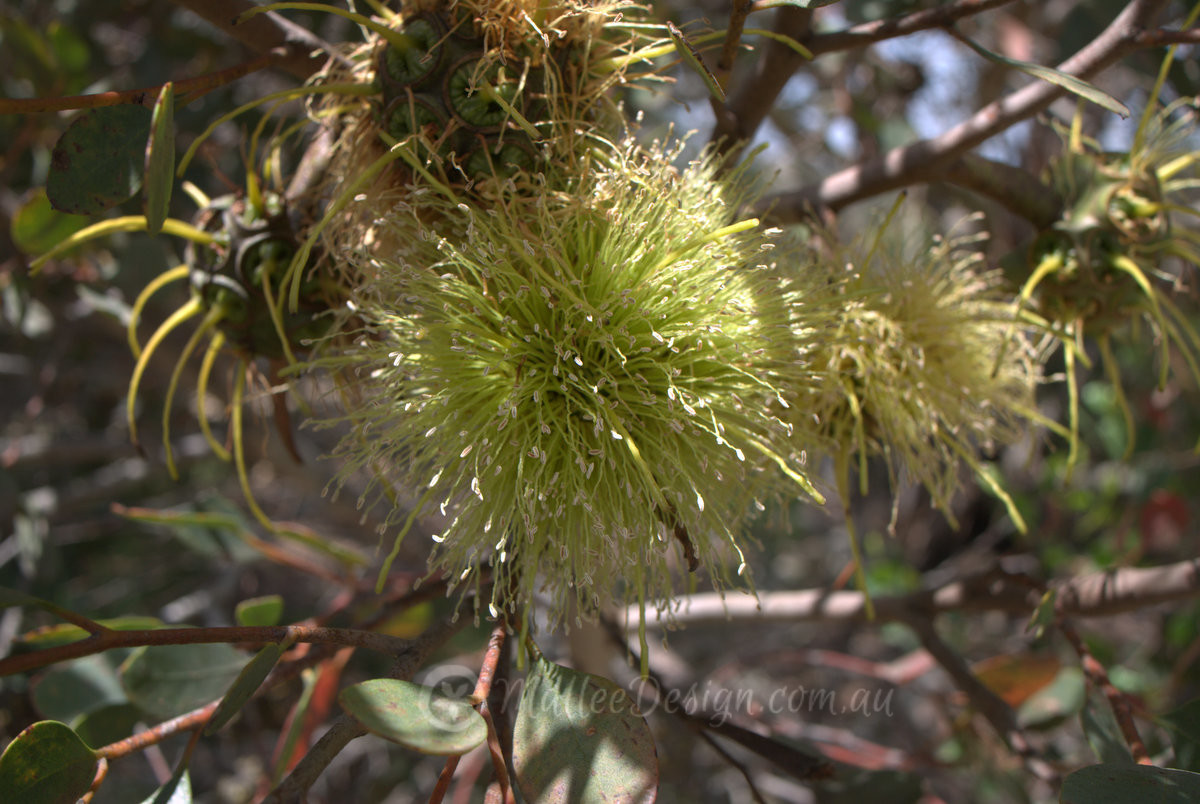
Eucalyptus lehmannii has a relatively long flowering period from late Winter well into the heat of Summer, the long slender flower buds protrude out to create the lovely big pom pom.
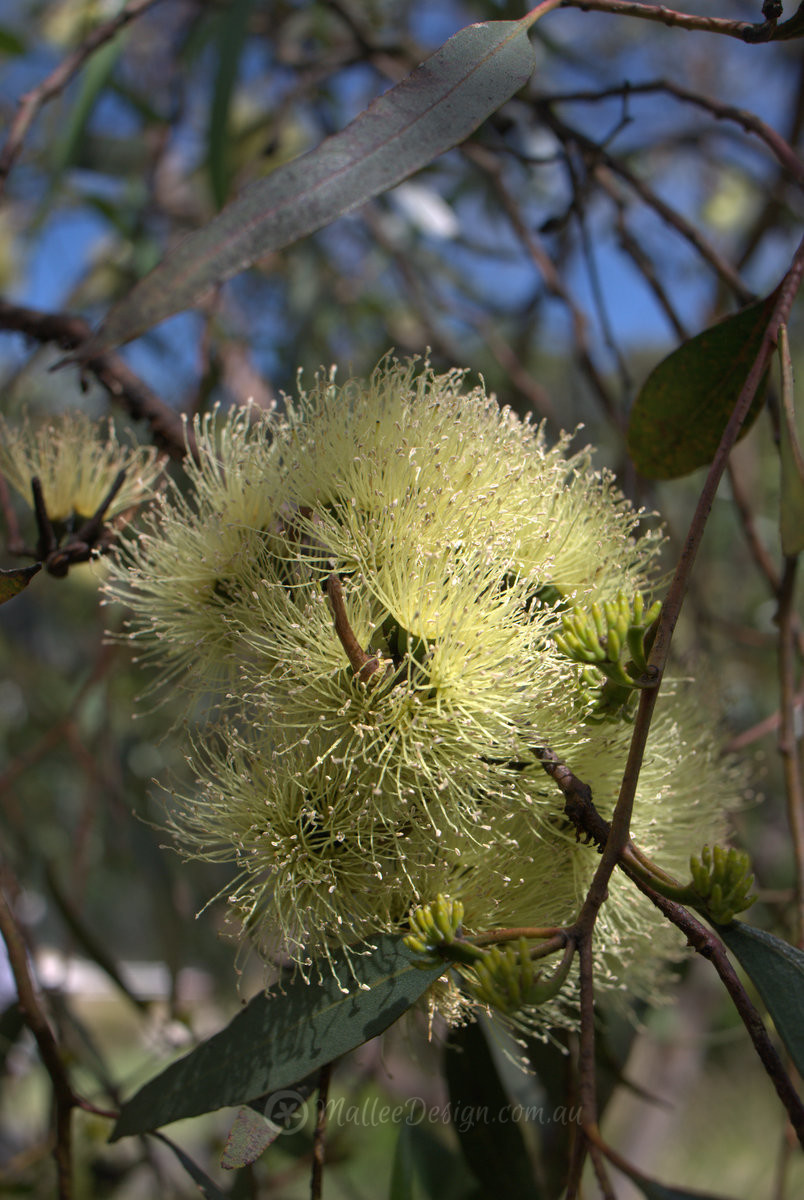
Another great Mallee is the Eucalyptus macrandra, it is similar in flower colour and shape although a little more lemony yellow.
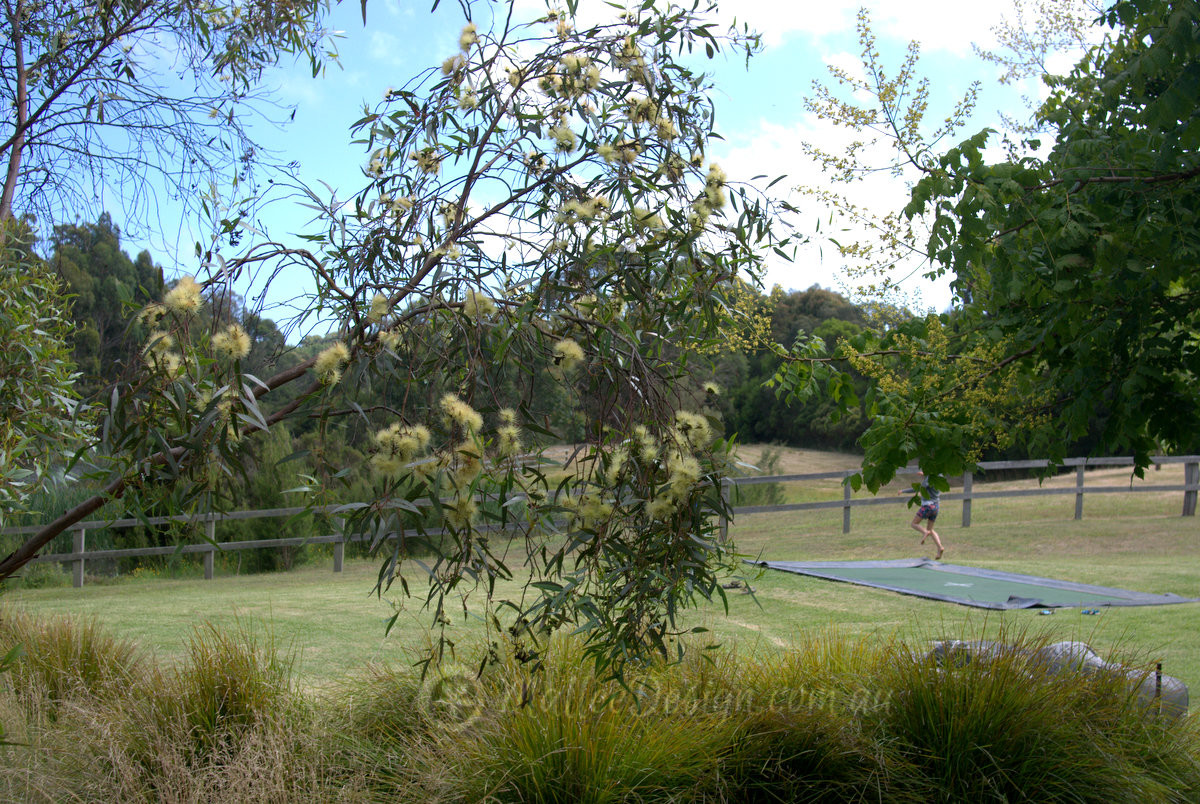
Eucalyptus macrandra has an open weeping habit and looks quite delicate when in flower, it also has a long flowering period.
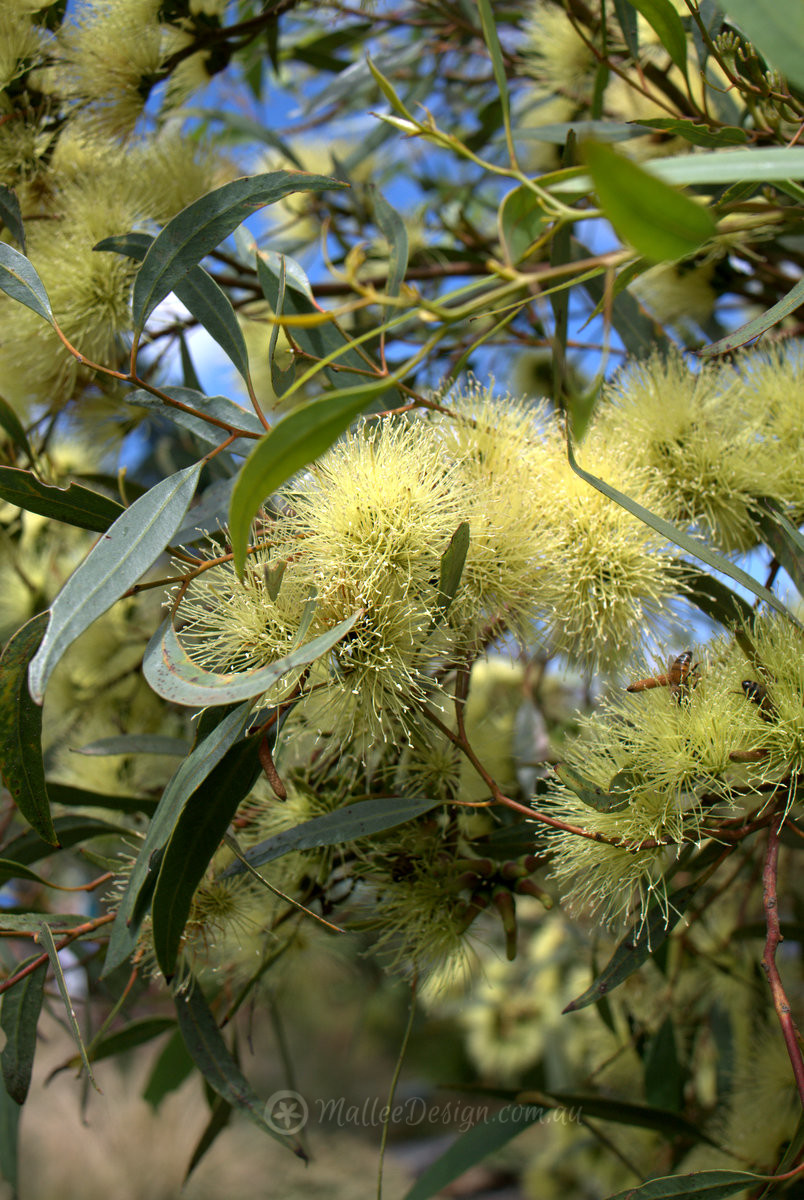
This Mallee has smooth decorative bark and will provide a light shade canopy, it grows to around 6 -8 metres and needs a free draining soil, the birds and the bees love this little tree.
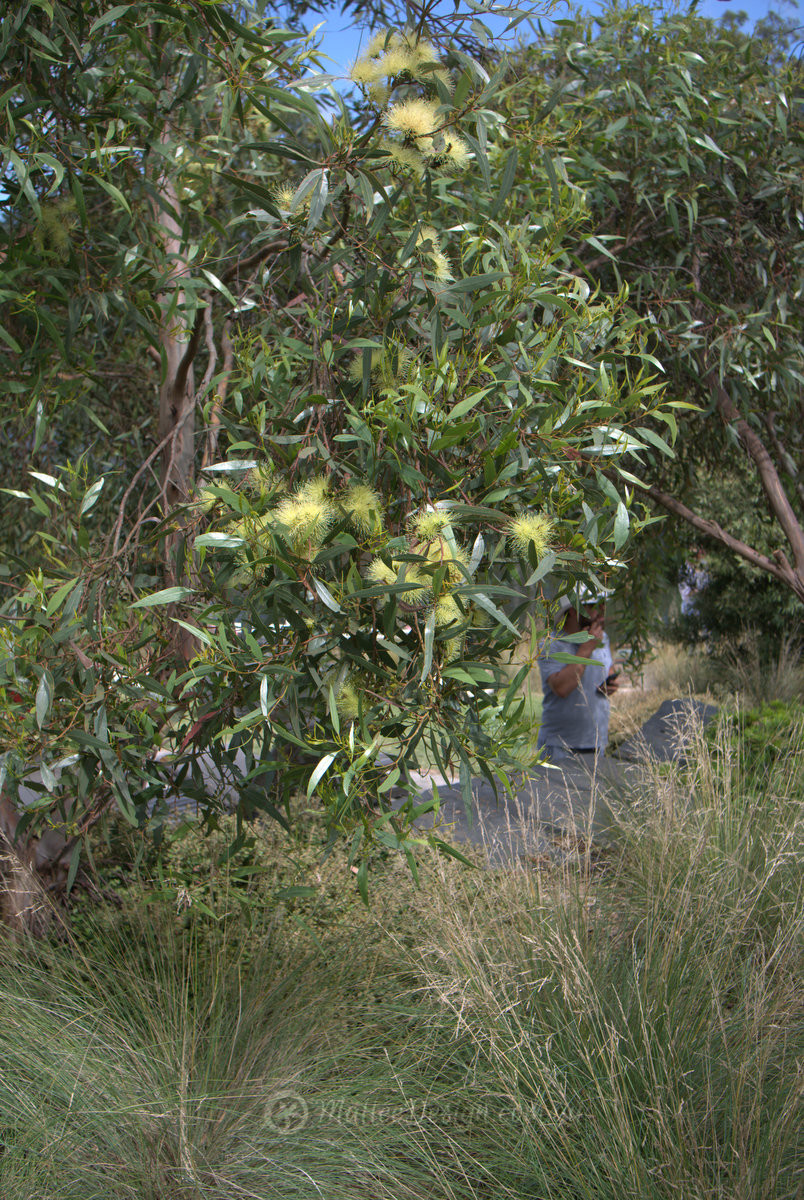
Mallees are often very drought hardy, they can also be used as wind breaks and for soil retention, as a general rule most Mallee species need a free draining soil and little humidity.
For me Mallees represent a quintessential Australian plant, they are adaptable, quick growing and generous with their flower and form, what’s not to love?
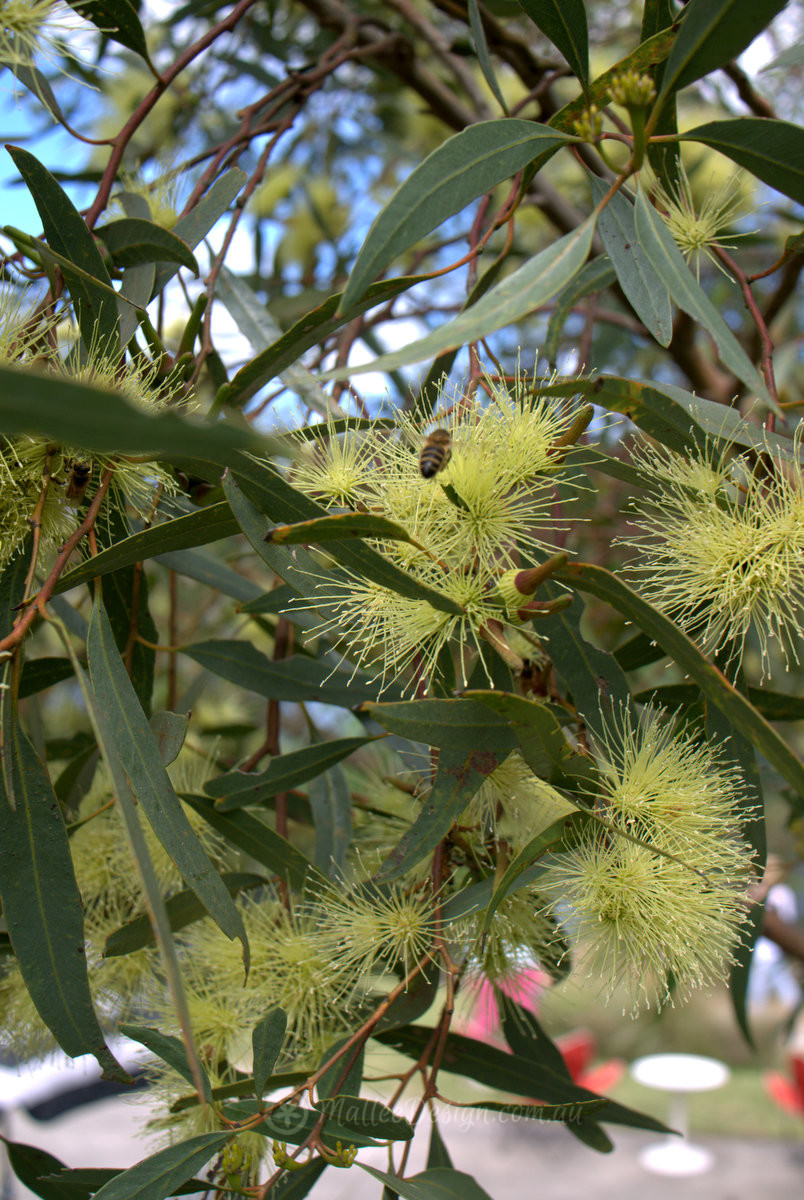

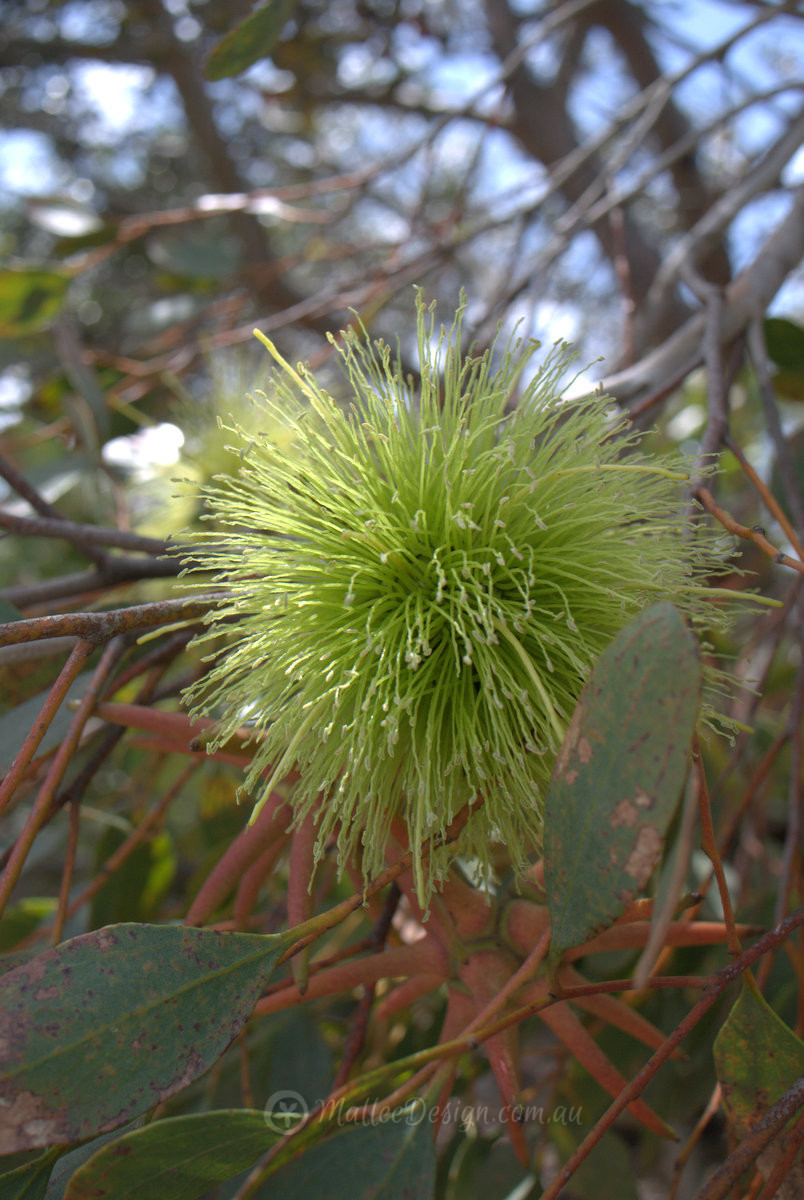
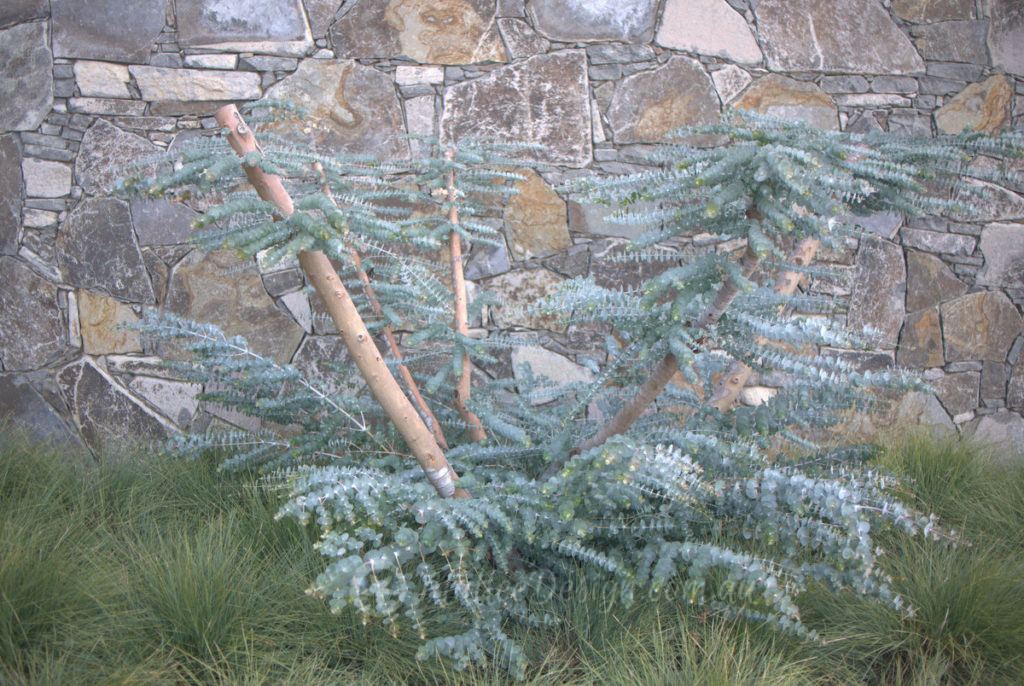
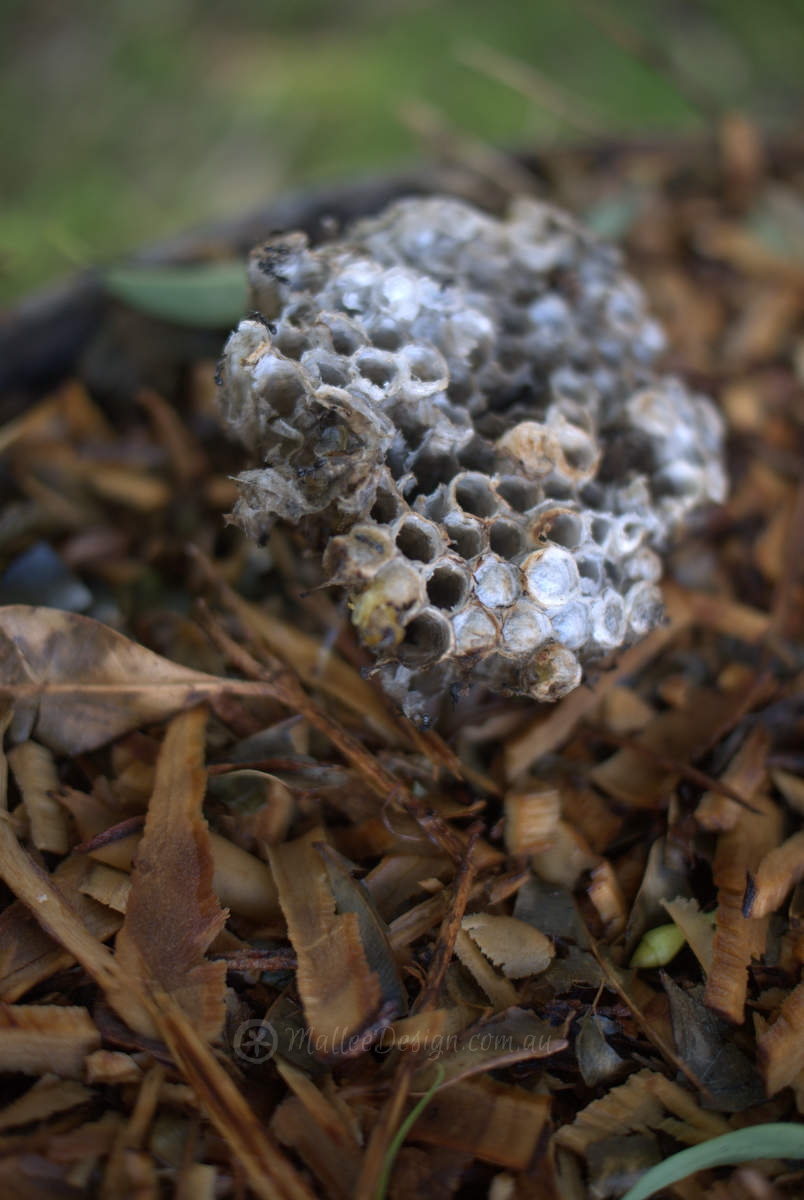
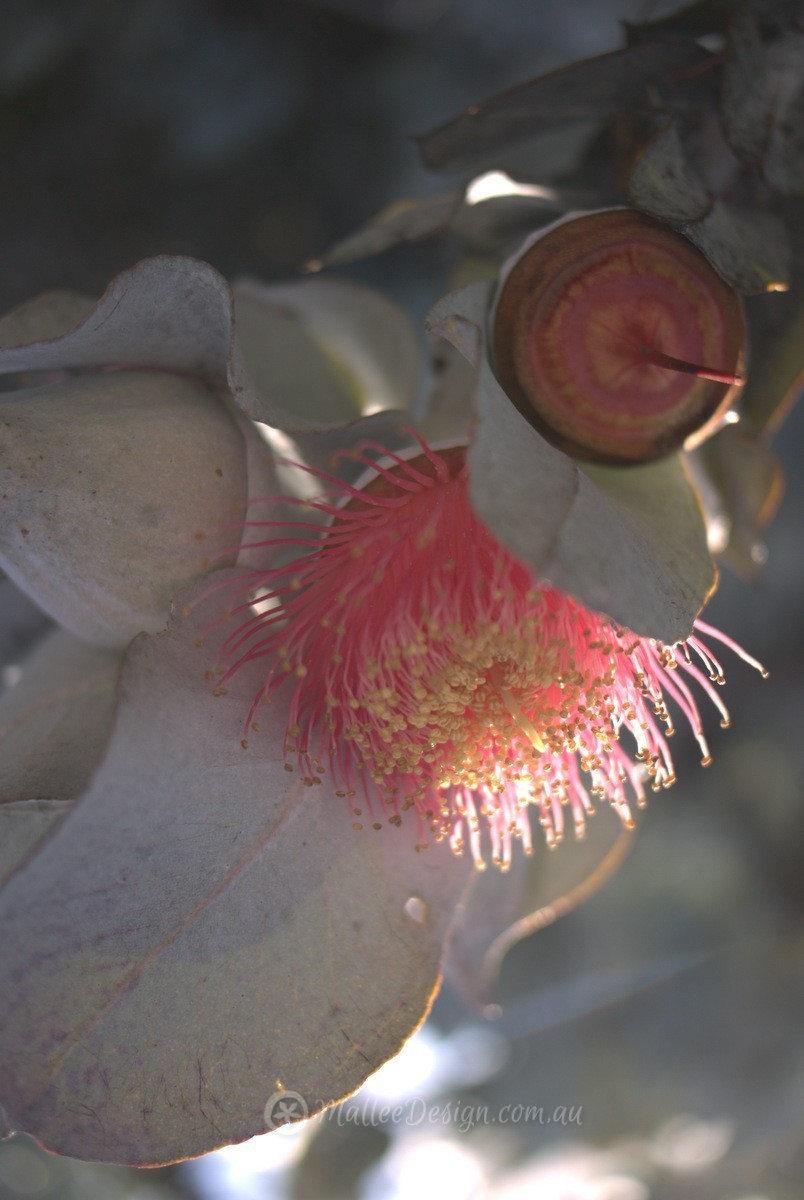
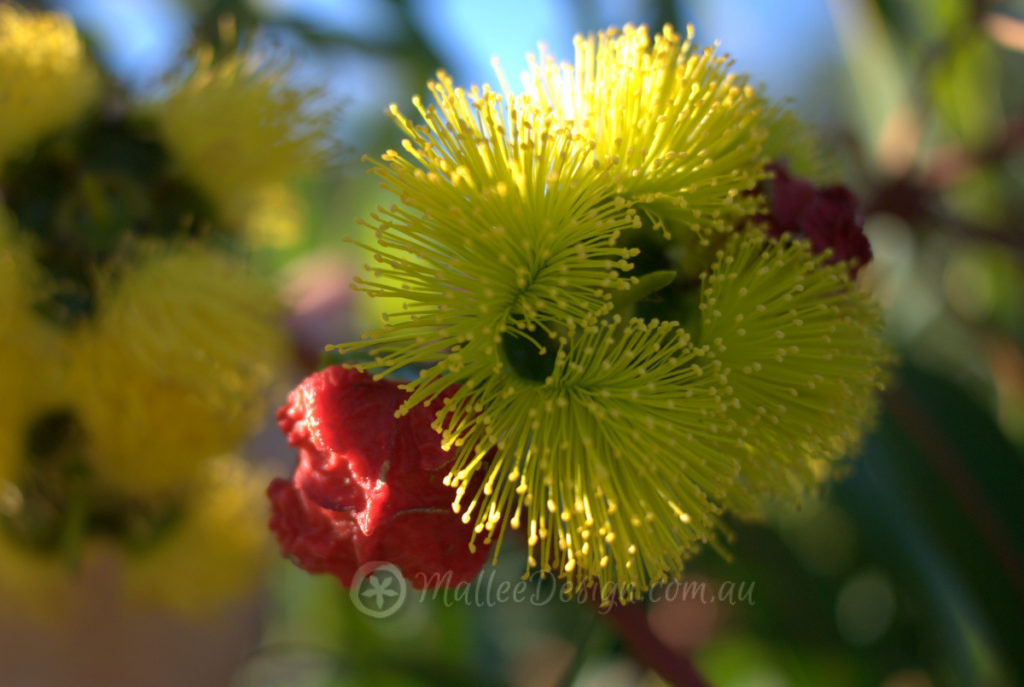
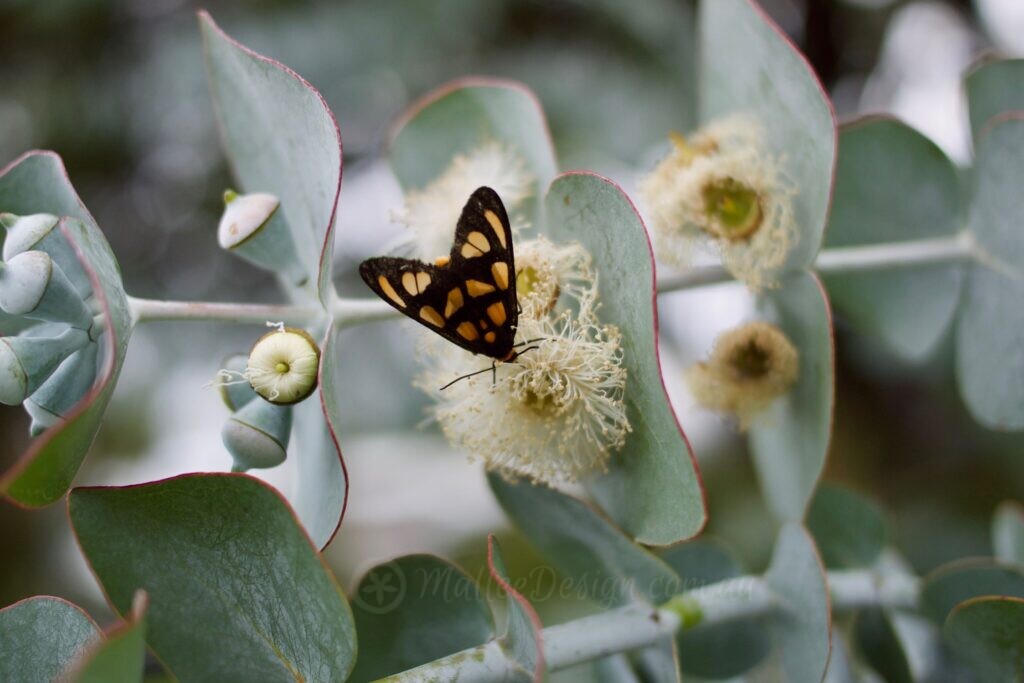

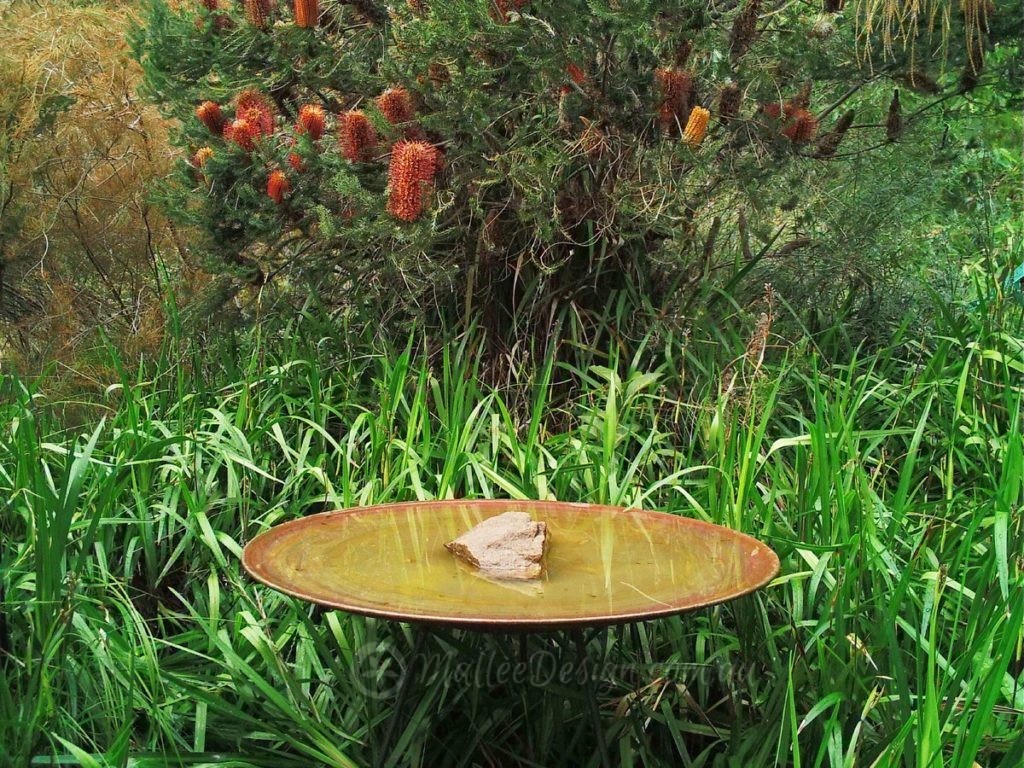
Leave a Reply to Nicky Dakin Cancel reply